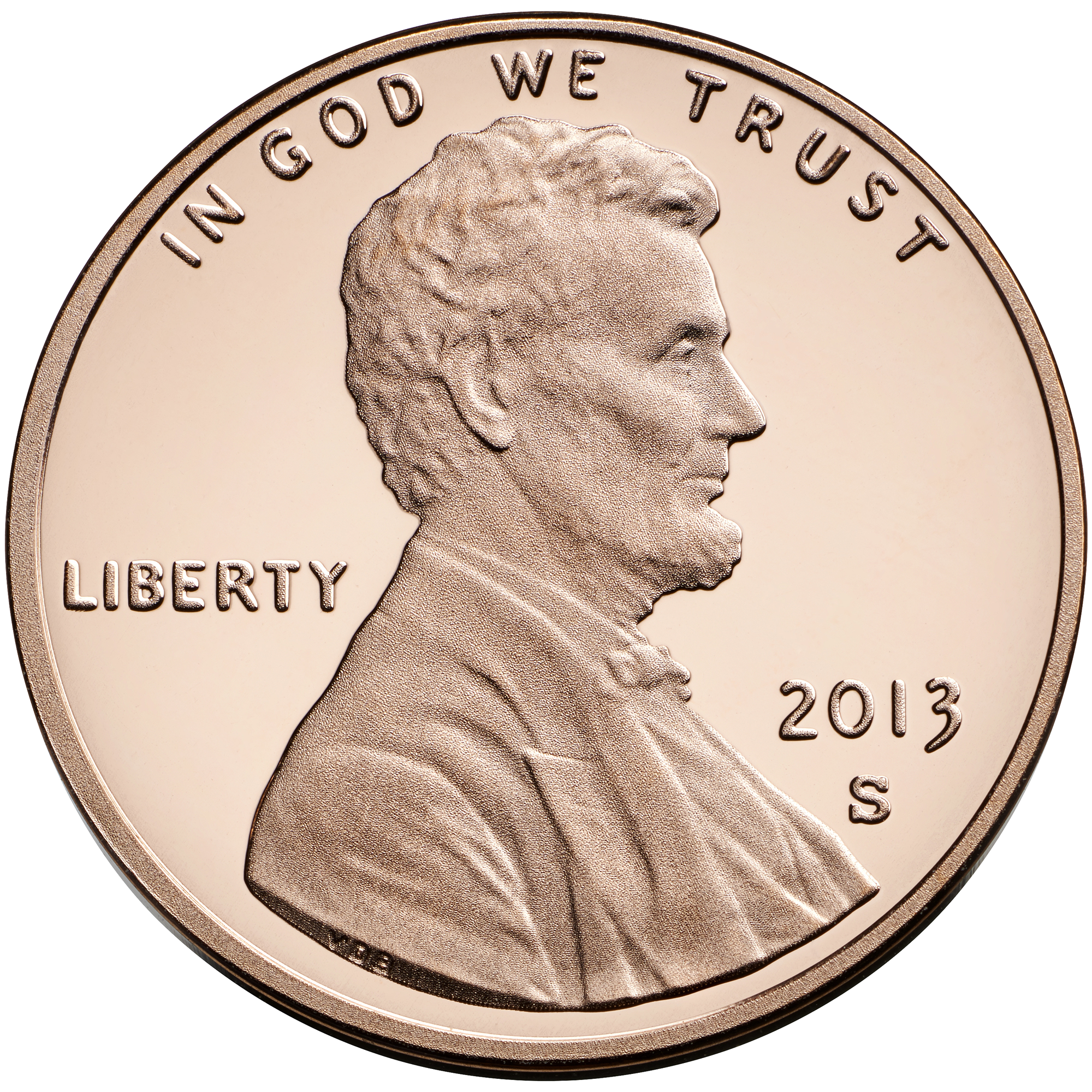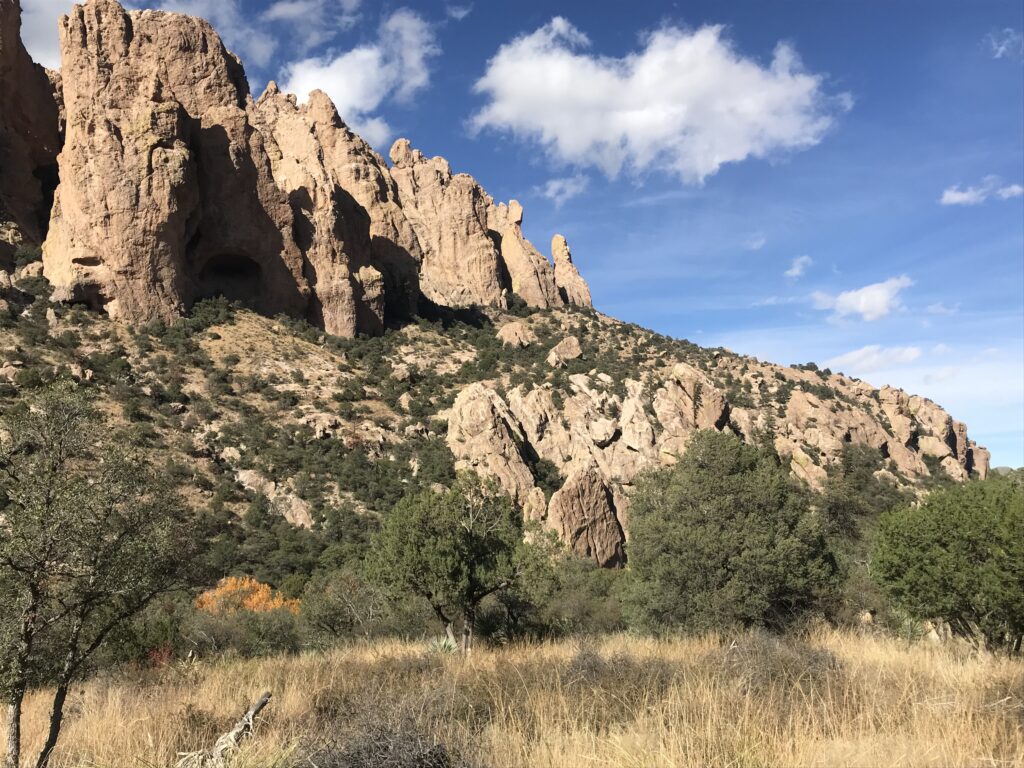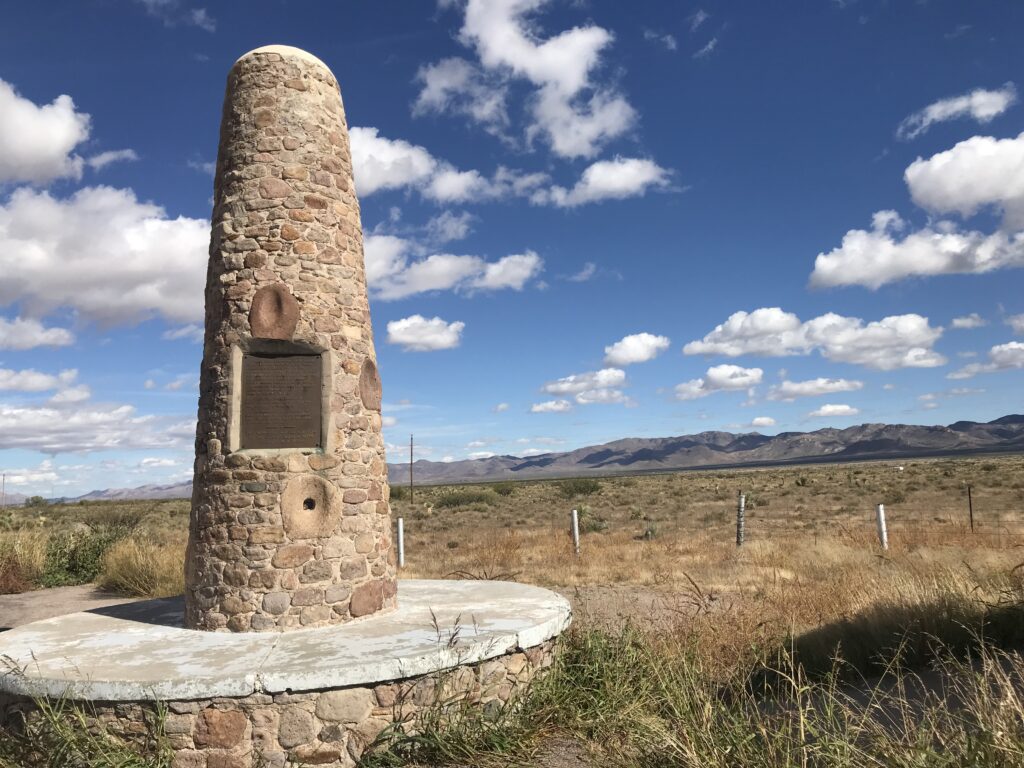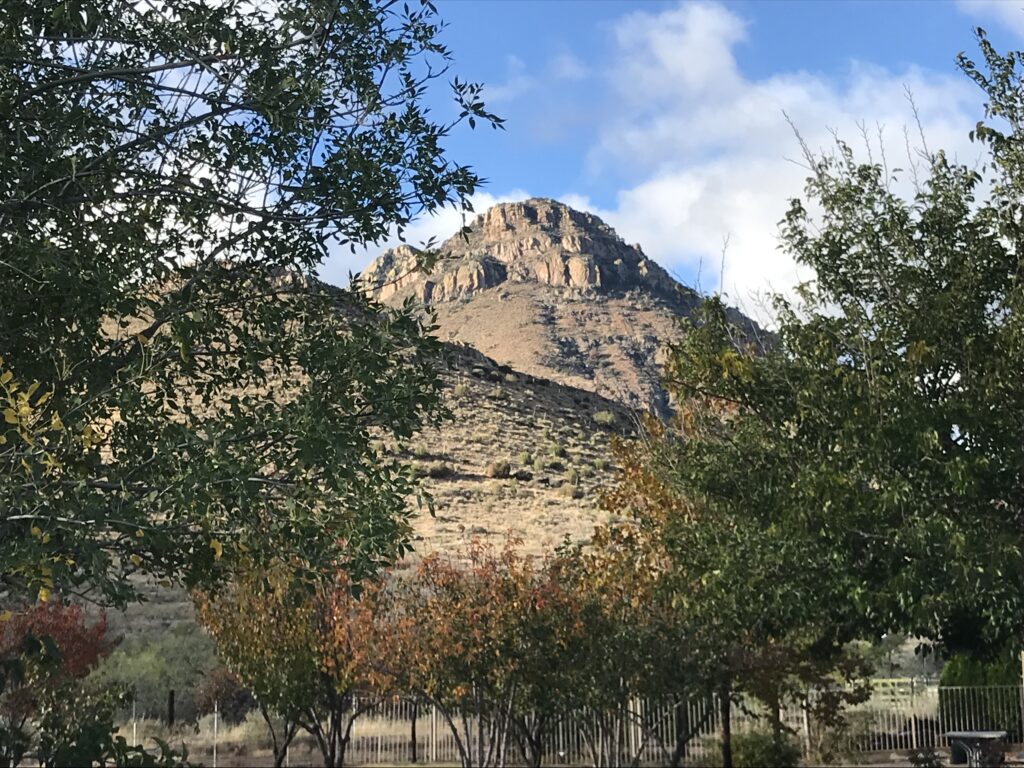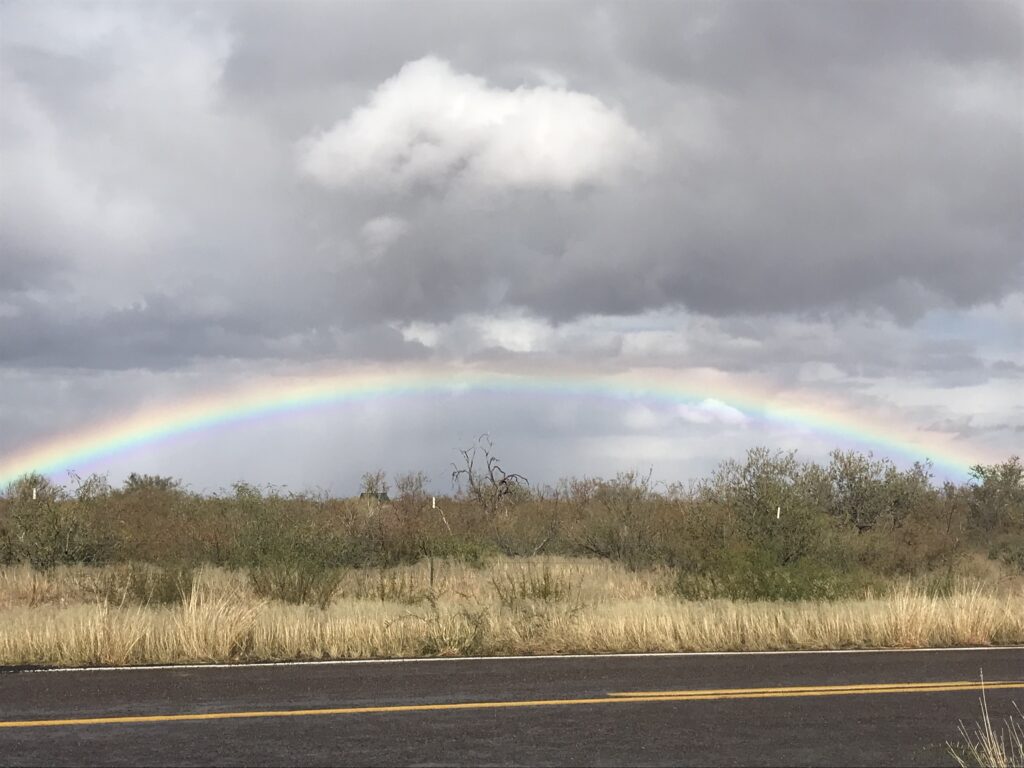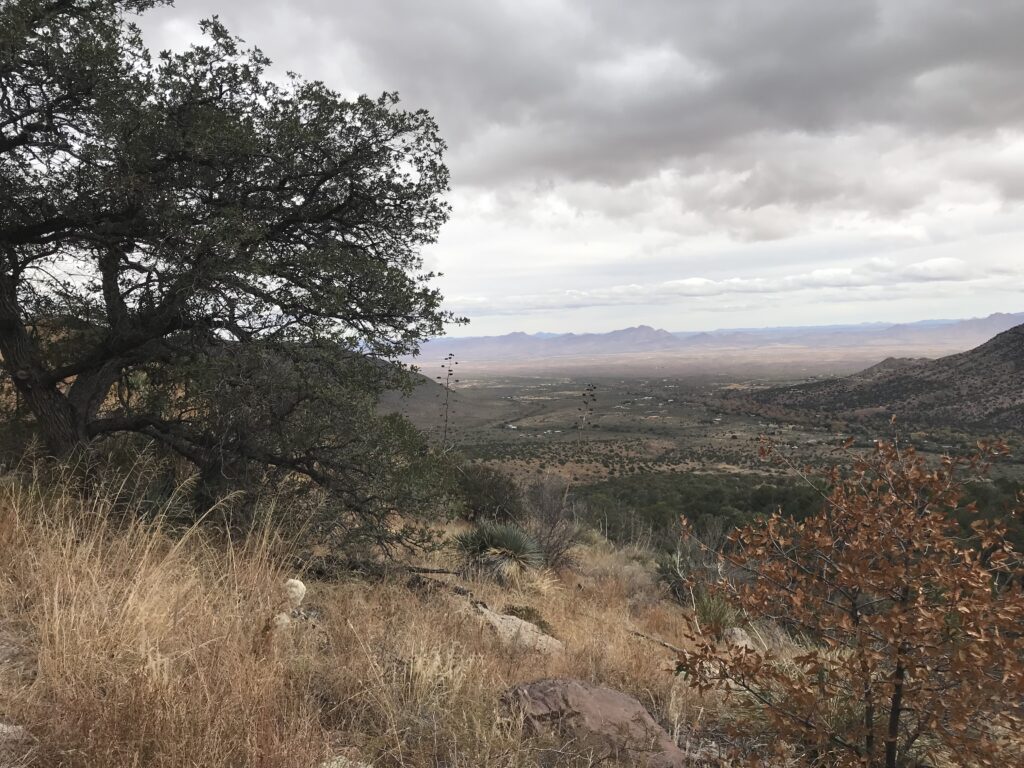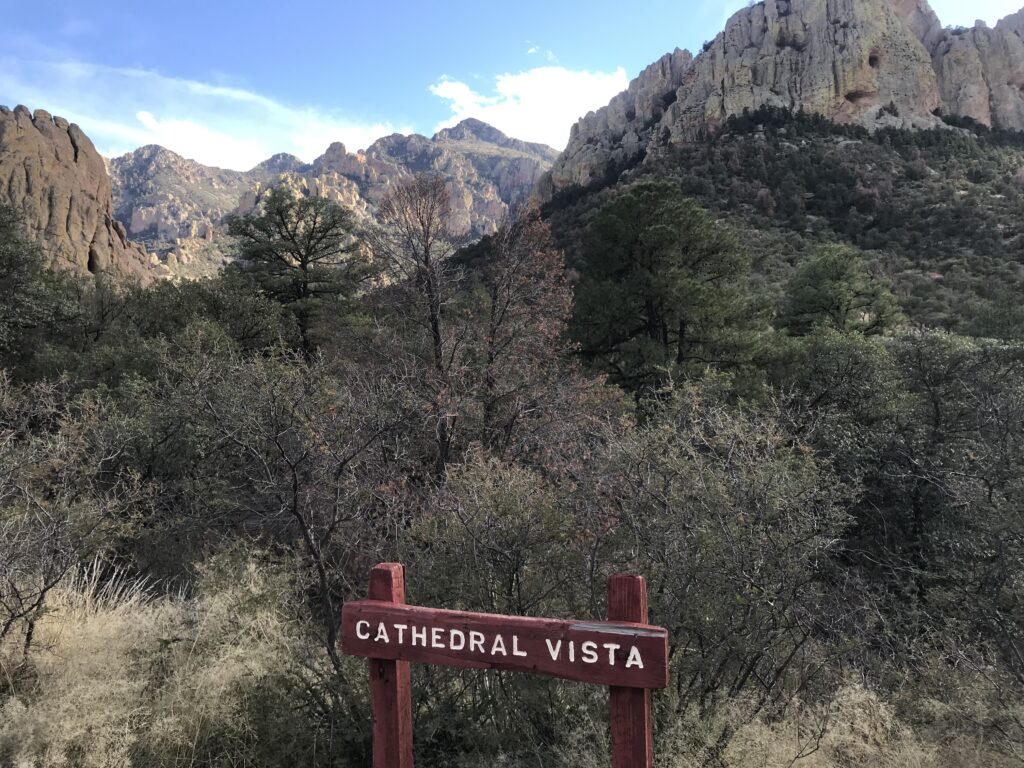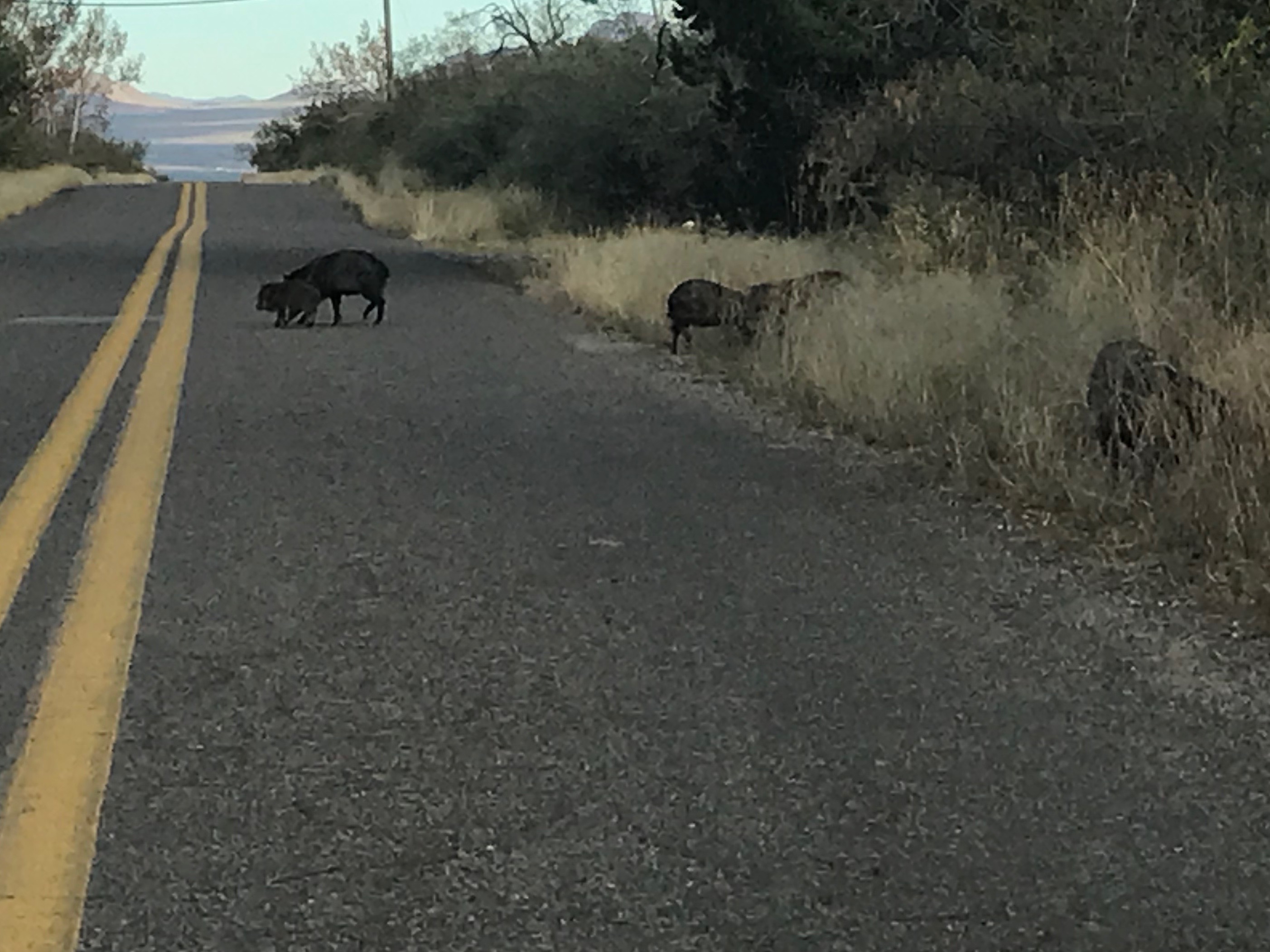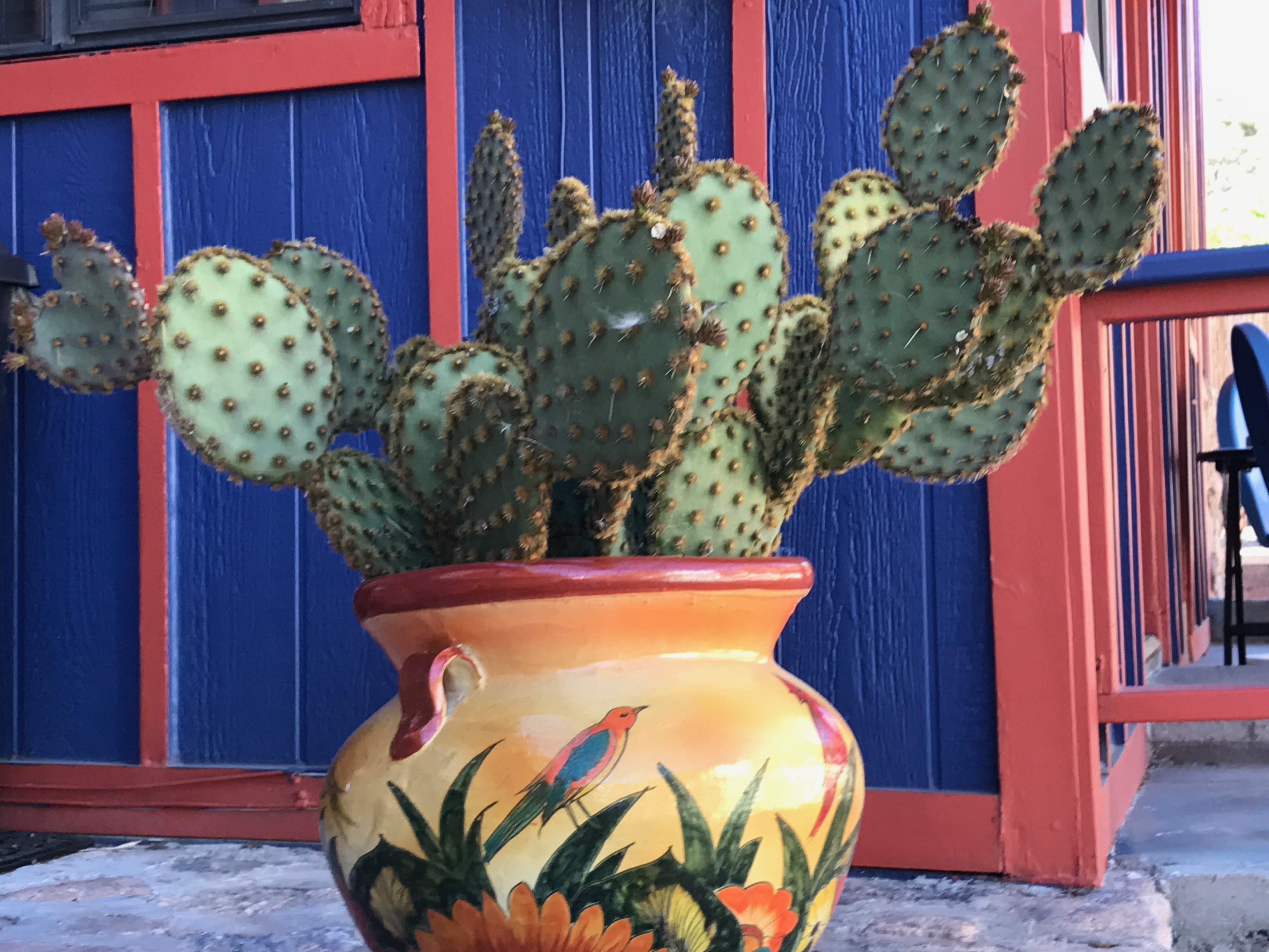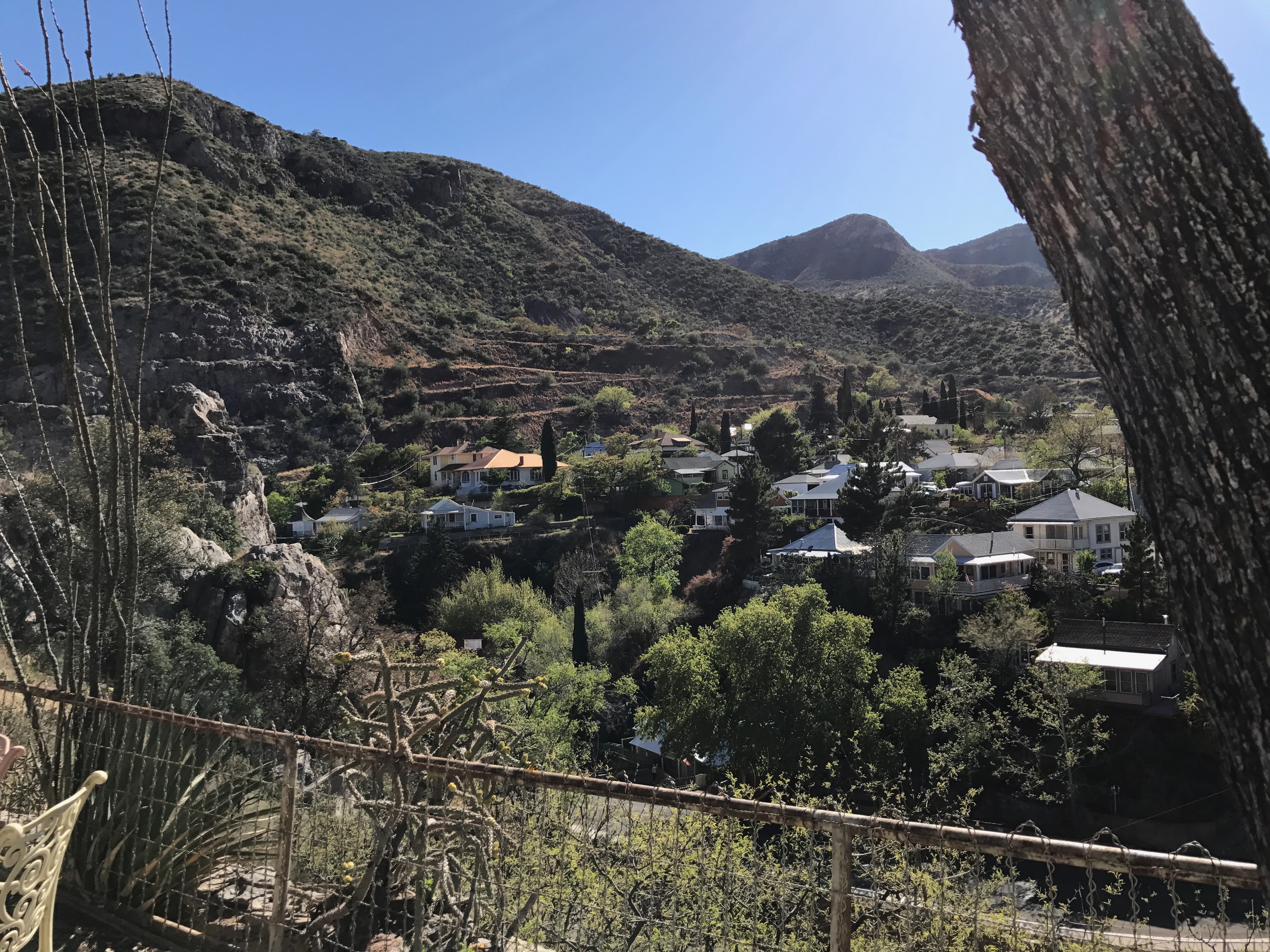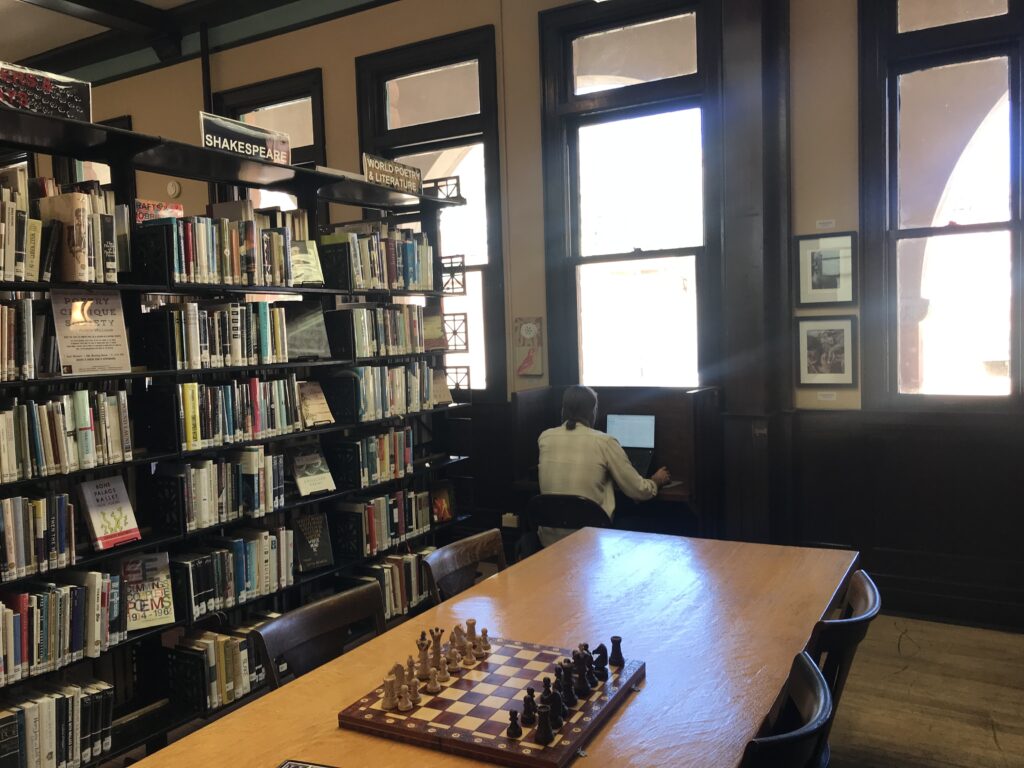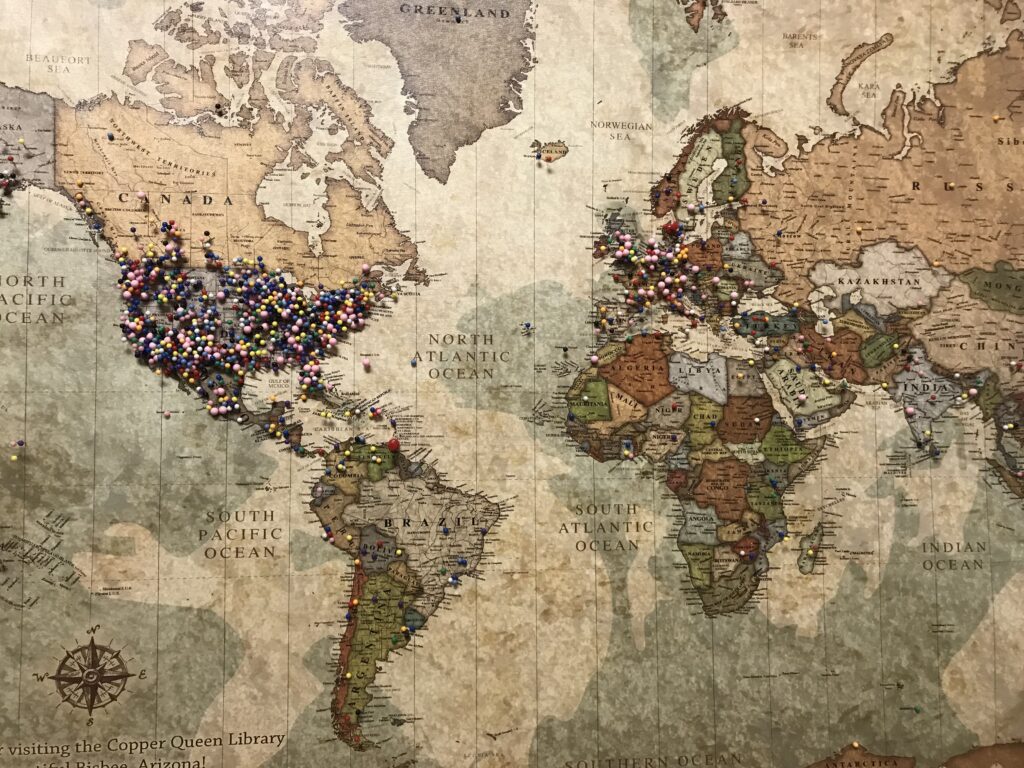The Diving Room

The pie is baked and the salad is made. The turkey is thawed and awaits its roasting. I have celery to chop, onions too, all for the dressing that needs to be assembled and baked. This will be a crazier Thanksgiving than usual, held not here but at my daughter’s house a few miles away. My parents’ dining room table is there, and so is a rambunctious young family.
So after prepping for the feast here, we’ll move the food to another house and another room, what my grandson calls the “diving room.”
It’s incredibly cute, the things kids say, and worthy of remembering and repeating. But in fact, “diving room” makes a certain kind of sense. Sometimes on this day I feel like I must dig deep to find the gratitude. This year, not so much. This year the “thanks” part of Thanksgiving is all around me. Whenever I have a minute, I plan to bask in it.
